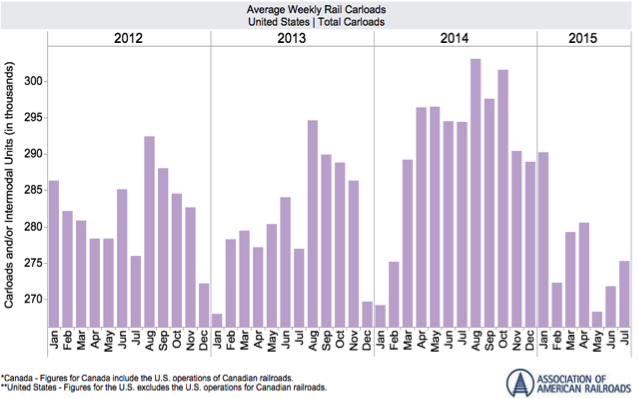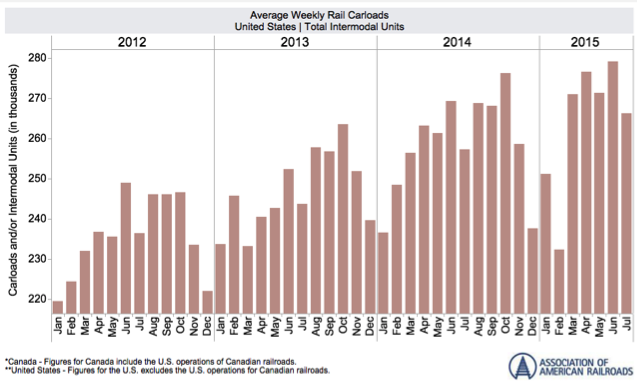To Improve Rail Velocity You Need To Learn Your Carrier's Language
Improving rail velocity is a growing priority for shippers, but it's difficult to achieve when you're in a challenging relationship with your rail carrier. In many cases, poor relationships between shippers and carriers are as much the responsibility of the shippers who accept poor service as the carriers who offer it. So what if shippers and carriers were to start thinking about how they can help each other out? It is possible to turn even the worst shipper/carrier relationship into a mutually beneficial partnership but first you have to speak each others' language.
The Shippers' Perspective
More than 78% of rail service locations in the continental US are served by a single major railroad. This means that many shippers find themselves in a 'captive' situation. All too often, they respond to this by adopting a passive service management model. Shippers often feel that they have no choice but to pay premium prices for a third-rate service yet struggle to offer productive solutions to their carrier.
The Carriers' Perspective
The fact is that carriers often have little understanding of the shipper's culture and imperatives. At the same time, the rail industry is facing increased competition from the intermodal sector. According to the AAR, In the first 32 weeks of 2015 Intermodal volume increased by 2.3% while US Carloads were -5.2%.

Figure 1 US Carloads

Figure 2 US Intermodal Carloads
Add to this the obstacles caused by congested networks, crowded terminals, and poor use of assets, all of which contribute to inefficiency, and we can see why velocity is as important to the carrier as it is to the shipper.
Understanding the Challenges
The management of rail car fleets and the optimal utilization of rail assets are vital to successful rail logistics and to achieve these, you need a steady flow of information going in both directions. Communication isn't always easy, especially when the relationship has reached rock bottom. The good news is that there can be a way forward.
How to Achieve Change
Regular sharing of information is a start. Listening and offering ideas and making sure that you all take part in finding solutions. However that is only the beginning. The key is to finding a sustainable way of working alongside North America's Class 1 rail carriers and creating a win-win relationship for both parties.
